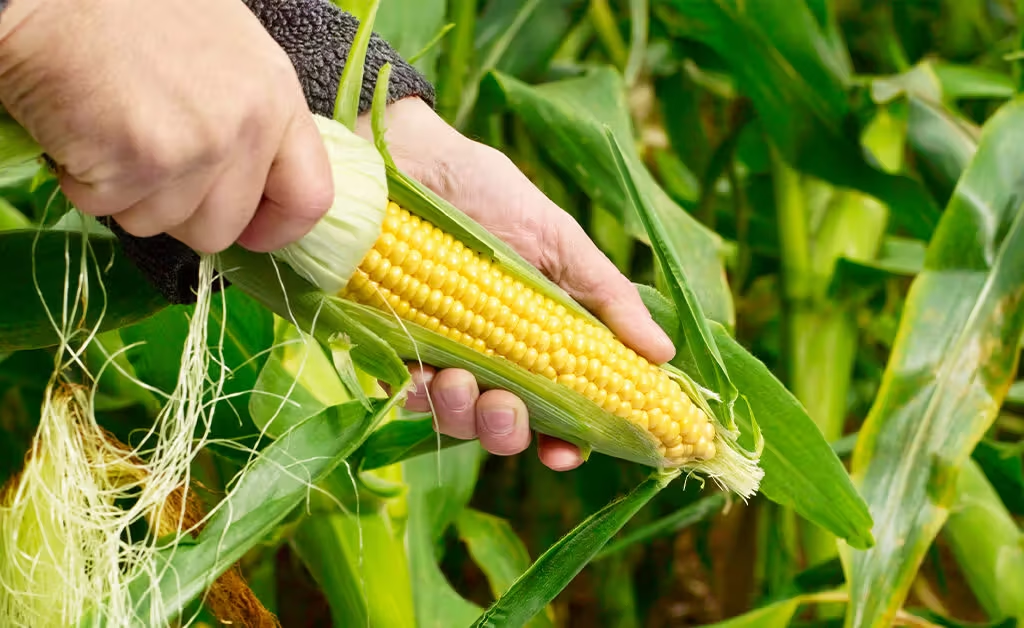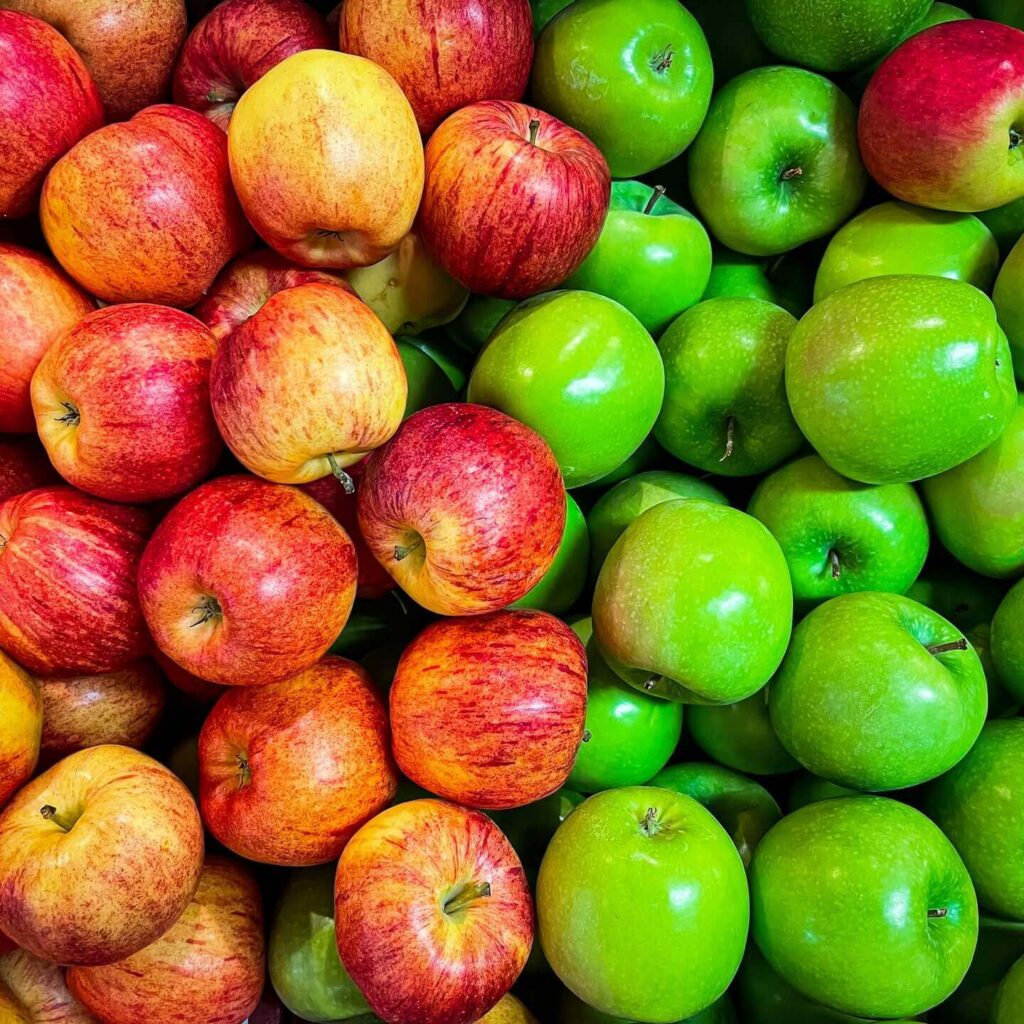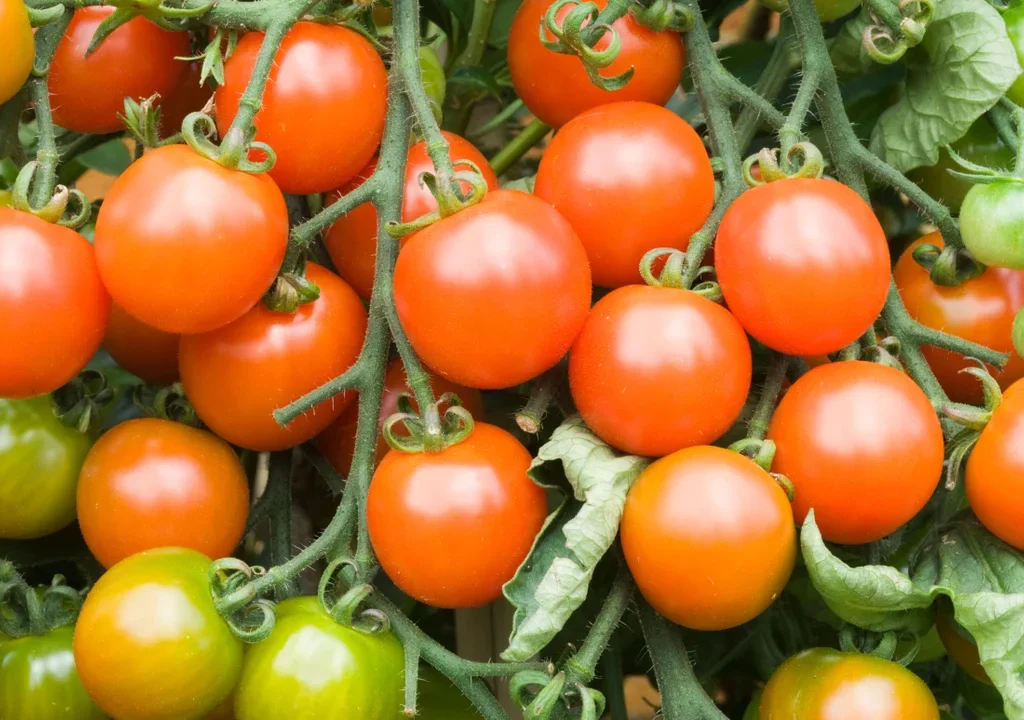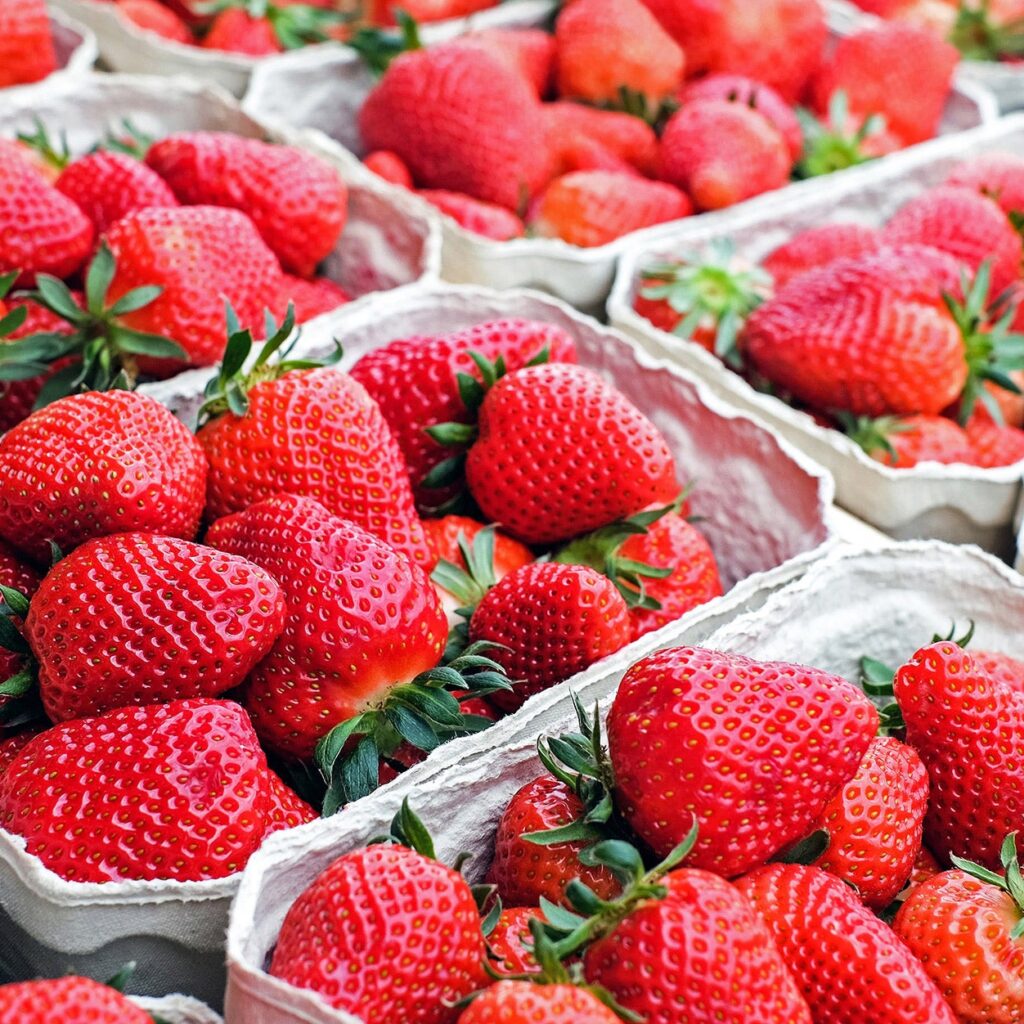Modern agriculture has entered a revolutionary era with the introduction of genetic modification (GM)—a powerful tool that enables scientists to alter the genetic structure of plants to improve traits such as disease resistance, shelf life, taste, and yield. In the realm of fruit farming, genetic modification is rapidly transforming how fruits are cultivated, distributed, and consumed.
This article explores the science behind genetic modification in fruit farming, the benefits it offers, the concerns it raises, and the future potential of this groundbreaking technology. From improved banana resistance to virus-proof papayas, we delve into how GM is redefining the fruit we eat every day.
1. What Is Genetic Modification?

Genetic modification, often referred to as genetic engineering, is a process in which scientists alter the DNA of an organism—in this case, a fruit crop—to introduce desired traits or eliminate unwanted ones. This is achieved by inserting, deleting, or modifying specific genes, often using biotechnology tools such as:
- CRISPR-Cas9
- Gene silencing (RNA interference)
- Agrobacterium-mediated transformation
- Gene gun (biolistics)
Unlike traditional breeding, which can take years and involves mixing whole genomes, genetic modification allows precision editing—targeting specific traits without altering the rest of the plant’s genetic makeup.
2. Why Modify Fruits Genetically?

Fruits face a host of challenges—diseases, pests, climate stress, transportation damage, and short shelf life. Genetic modification aims to solve these problems faster and more effectively than conventional methods.
Common Goals of Genetic Modification in Fruits:
- Disease resistance (e.g., virus-resistant papayas)
- Pest resistance (e.g., genetically engineered apples)
- Extended shelf life (e.g., non-browning apples)
- Improved flavor or texture
- Enhanced nutrition (e.g., higher vitamin content)
- Climate tolerance (drought or heat-resistant fruit crops)
By addressing these challenges, genetic modification ensures higher yields, reduced waste, and improved food security—especially in regions heavily reliant on fruit crops for economic and nutritional needs.
3. Examples of Genetically Modified Fruits

Pink Pineapple (Del Monte)
This genetically modified pineapple has lower acidity and pink flesh due to the introduction of lycopene (an antioxidant found in tomatoes). Approved by the USDA and FDA, it’s considered safe and nutritionally similar to traditional pineapples—with a sweeter taste.
Arctic Apple
Developed in Canada, Arctic Apples use gene silencing (RNAi) to suppress the enzyme polyphenol oxidase (PPO), which causes browning when apples are cut or bruised. This innovation reduces food waste and improves visual appeal in packaged fruit products.
Bananas Resistant to Panama Disease
Bananas are under serious threat from Tropical Race 4 (TR4), a deadly fungal disease. Scientists have genetically engineered banana plants with genes from wild banana species or other plants like nematode-resistant rice to make them immune to this disease.
Virus-Resistant Papaya (Rainbow Papaya)
In the 1990s, the Papaya Ringspot Virus (PRSV) devastated papaya crops in Hawaii. Scientists developed the Rainbow papaya using viral DNA to confer resistance, saving the state’s industry. This remains one of the most successful GM crop stories.
4. Techniques Used in Genetic Modification of Fruits
A. CRISPR-Cas9
CRISPR is a gene-editing tool that allows scientists to “cut” DNA at specific spots. It has been used in fruits like grapes, tomatoes, and apples to:
- Enhance shelf life
- Reduce allergenic proteins
- Improve color and sweetness
B. Gene Silencing (RNAi)
This method doesn’t insert foreign genes but switches off specific native genes, like in Arctic Apples, to prevent browning. It is gaining popularity for being precise and less invasive.
C. Transgenics
Involves transferring genes from one species to another—for example, inserting a bacterial gene into a fruit plant to resist a particular disease or pest.
5. Benefits of Genetic Modification in Fruit Farming

A. Improved Crop Yields
Genetically modified fruit crops can withstand pests and diseases more effectively, reducing losses and boosting productivity per acre.
B. Less Chemical Use
Insect-resistant or disease-resistant fruits need fewer chemical sprays, reducing environmental pollution and production costs.
C. Longer Shelf Life and Reduced Waste
Non-browning apples and delay-ripening bananas stay fresh longer during transport, reducing spoilage and improving export value.
D. Enhanced Nutrition
Future GM fruits may contain higher levels of vitamins, antioxidants, or dietary fiber, helping combat nutrient deficiencies in developing countries.
E. Climate Resilience
Drought-tolerant or heat-resistant varieties can survive in changing climates, ensuring food supply in vulnerable regions.
6. Concerns and Controversies

Despite the many benefits, genetic modification in fruit farming is not without criticism and controversy.
A. Consumer Acceptance
Many consumers are skeptical about genetically modified foods, especially in Europe and parts of Asia. The perception of GM fruits as “unnatural” has led to resistance in some markets.
B. Environmental Concerns
There are fears that GM crops could affect biodiversity or lead to unintended gene flow (where GM plants breed with wild species). Critics argue for more long-term ecological studies.
C. Health and Safety
Although regulatory bodies like the FDA, USDA, and EFSA have declared approved GM fruits safe, some still worry about unknown long-term health effects. Transparency in labeling remains a key issue.
D. Corporate Control
Some GM seeds are patented by large corporations, raising concerns over seed sovereignty, especially in developing countries where farmers may become dependent on buying modified seeds each year.
7. Regulation and Labeling of GM Fruits
Regulations surrounding GM crops vary globally:
- In the United States, GM fruits must pass FDA safety assessments but do not always require labeling.
- In the European Union, GM foods are strictly regulated and must be clearly labeled.
- In India, GM food crops face tight restrictions, though field trials for GM fruits like brinjal and banana are ongoing.
Governments and international agencies continue to debate how best to balance innovation with safety, transparency, and ethical farming practices.
8. Future of Genetic Modification in Fruit Farming
The future of GM fruit farming is bright but needs to be handled responsibly.
A. Gene-Edited Fruits (Non-GMO Labeling)
New technologies like CRISPR allow non-transgenic edits, meaning no foreign DNA is introduced. These fruits may avoid strict GMO labeling and face less resistance.
B. Precision Breeding
Combining traditional breeding with genetic mapping can fast-track fruit improvement while maintaining natural characteristics.
C. Personalized Fruits
We may see custom fruits in the future—grapes with higher resveratrol, bananas tailored for specific climates, or mangoes bred for higher shelf life and sweeter taste.
D. Sustainable Fruit Supply
As population grows and land becomes scarce, GM technology will be essential to grow more with less—less water, less land, and fewer chemicals.
Conclusion
Genetic modification in modern fruit farming represents a major leap forward in agricultural innovation. It offers powerful solutions to age-old challenges like pests, disease, perishability, and climate change. By making fruits more resilient, nutritious, and sustainable, GM technology holds the key to securing the future of global fruit production.
However, with great power comes great responsibility. Ethical considerations, regulatory oversight, and public dialogue are crucial to ensure this technology serves the greater good—benefiting farmers, consumers, and the environment alike.
As we look to the future, one thing is clear: the fruit of tomorrow may be smarter, stronger, and more sustainable than ever before—thanks to the transformative power of genetic modification.






Leave A Comment